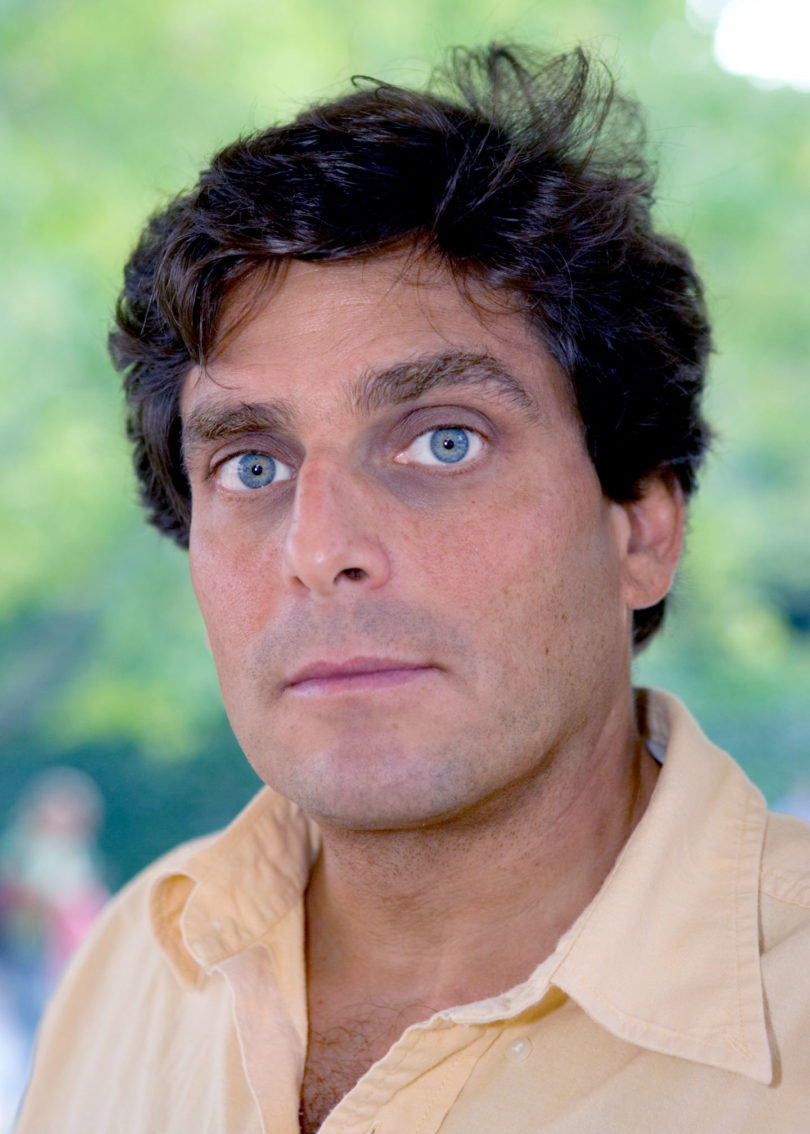It should work. Scientists believe it will work. And yet, as UGA researchers leap into what could be the next breakthrough in computers and computer power, uncertainties remain. But don’t share doubts with UGA physicist Michael Geller. His research has been building toward the construction of a quantum computer for much of his career.
Buoyed by a new $2 million grant from the National Science Foundation, Geller and a team of co-principal investigators at UGA and elsewhere have begun work on this new kind of computer that could more efficiently and more rapidly solve problems in such fields as cryptography, mathematics and physics.
In truth, since no quantum computer has yet been built, researchers aren’t quite sure what kinds of problems they may encounter. But there’s no doubt in Geller’s mind that a quantum computer at some scale will be available to scientists in only a few years.
“Quantum computing promises to solve very specific but important problems,” said Geller. “And in doing so demonstrate a dramatic improvement over supercomputers currently in use. So far, quantum computing has just existed as a theoretical possibility. We believe it will be possible to build one, but we also know it will be extremely difficult. If one could be built, it would transform information technology.”
While teams worldwide are working on the design and potential construction of a quantum computer, the new NSF grant will put UGA in the thick of the race and involve the expertise of internationally recognized scientists, including Geller and his colleague in the department of physics and astronomy, Phillip Stancil, who also is a member of UGA’s Center for Simulational Physics.
“Conventional computers are very useful now in solving problems in simulational physics,” said Stancil. “But the same problems could often be solved much faster with a quantum computer.”
The theory behind quantum computing has advanced dramatically in the past few years. Breakthroughs now make a functioning quantum computer seem likely in the near future.
Still, it will take time before a large-scale quantum computer is at work solving real-world problems like code breaking.
The key to quantum computing is using clusters of data called qubits (for quantum bits) that handle data differently than conventional computers based on transistors. Traditional computers use a 1 or a 0 to represent “on” or “off” states, but a qubit, which can be constructed in different ways, can represent 1 and 0 states simultaneously in something called superposition.
“We will use this grant to develop and demonstrate a general purpose quantum simulator built from supercomputing electrical circuits,” said Geller. “We believe that in 10 or 20 years, these general purpose quantum simulators will be stationed at supercomputing centers next to conventional machines and available as an online computational resource for large communities of scientists.”
Since these quantum simulators will be used in tandem with supercomputers, they will be at least as fast as existing technology, but research so far indicates the same problem can be solved much faster using the new arrays.
Among the fields in which such a setup would have a significant impact are atomic and molecular collisions, the actions of cold atomic gases, complex chemical dynamics, low-temperature physics and quantum chemistry.








